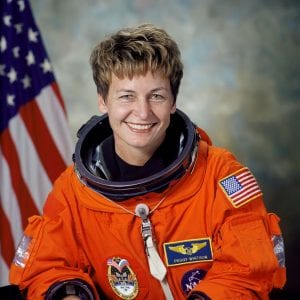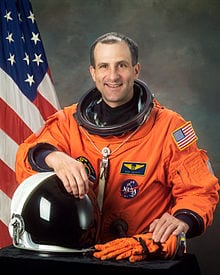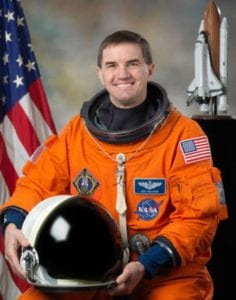Rice SEDS is proud to announce the 2019 Owls in Space Symposium to be held on Saturday, April 13th from 9AM-4PM in McMurtry commons! Students will be given the opportunity to hear from leaders in the space industry, network with several aerospace and engineering companies, and have lunch with astronauts!
Submit your Feedback Here!
OWLS IN SPACE SYMPOSIUM LIVESTREAM
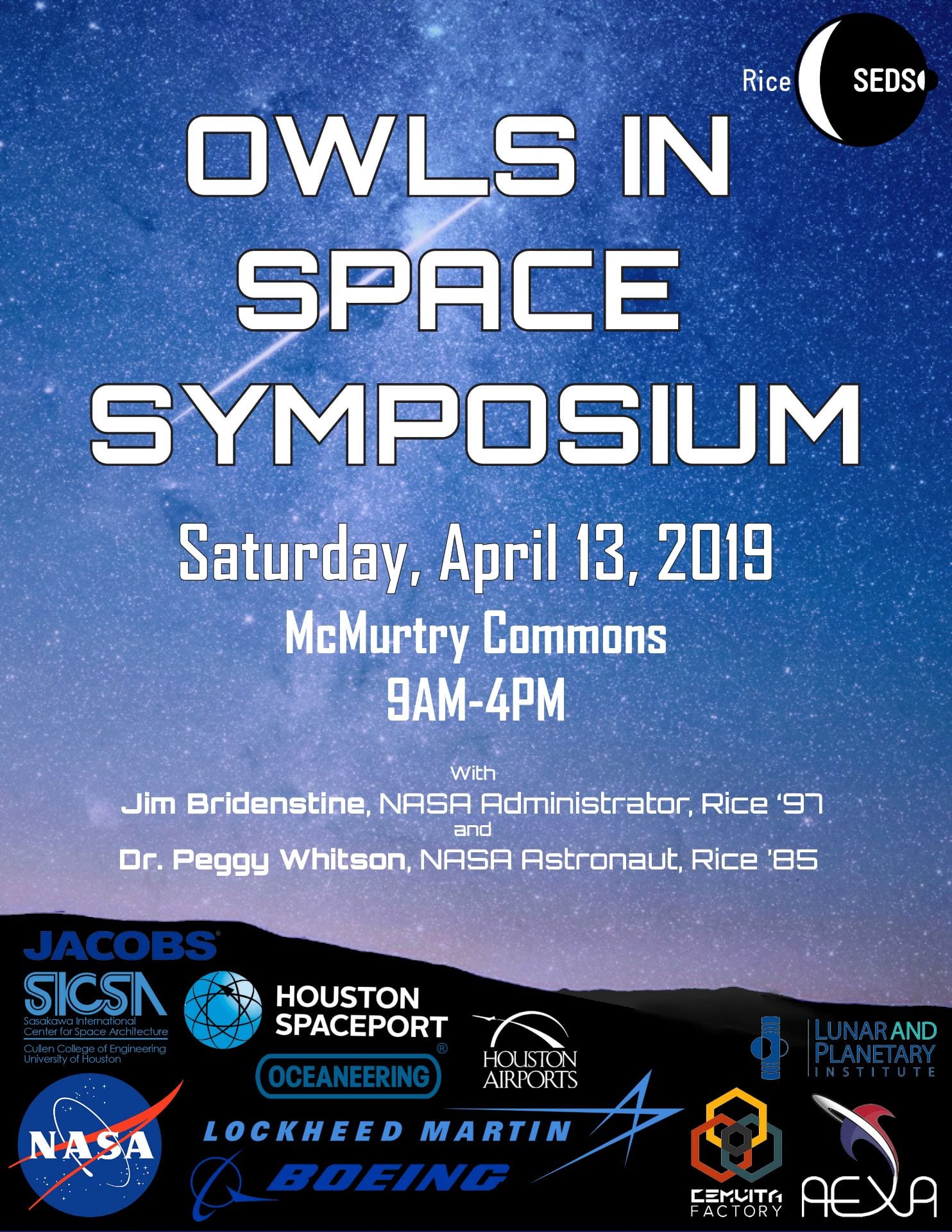
Keynote Speaker: Jim Bridenstine, NASA Administrator, Rice ’97
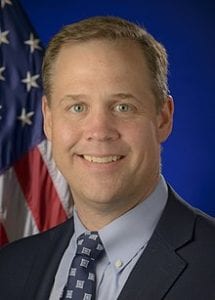
James Frederick “Jim” Bridenstine was nominated by President Donald Trump, confirmed by the U.S. Senate, and sworn in as NASA’s 13th administrator on April 23, 2018.
Bridenstine was elected in 2012 to represent Oklahoma’s First Congressional District in the U.S. House of Representatives, where he served on the Armed Services Committee and the Science, Space and Technology Committee.
Bridenstine’s career in federal service began in the U.S. Navy, flying the E-2C Hawkeye off the USS Abraham Lincoln aircraft carrier. It was there that he flew combat missions in Iraq and Afghanistan and accrued most of his 1,900 flight hours and 333 carrier-arrested landings. He later moved to the F-18 Hornet and flew at the Naval Strike and Air Warfare Center, the parent command to TOPGUN.
After transitioning from active duty to the U.S. Navy Reserve, Bridenstine returned to Tulsa, Oklahoma, to be the Executive Director of the Tulsa Air and Space Museum & Planetarium.
Bridenstine was promoted to the rank of Lieutenant Commander in 2012 while flying missions in Central and South America in support of America’s war on drugs. Most recently, he transitioned to the 137th Special Operations Wing of the Oklahoma Air National Guard.
Bridenstine completed a triple major at Rice University, and earned his MBA at Cornell University. He has three children with his wife, Michelle.
NASA Astronauts attending:
Dr. Peggy Whitson, Rice ’85
Peggy A. Whitson (Ph.D.) flew on Expedition 50/51 and participated in four spacewalks, bringing her career total to ten. With a total of 665 days in space, Whitson holds the U.S. record, placing eighth on the all-time space endurance list. The Iowa native also completed two six-month tours of duty aboard the station for Expedition 5 in 2002, and as the station commander for Expedition 16 in 2008 where she accumulated 377 days in space between the two missions, the most for any U.S. woman at the time of her return to Earth.
Dr. Donald Pettit
Donald R. Pettit (Ph.D.) was selected by NASA in 1996. The Silverton, Oregon native holds a Bachelor of Science in Chemical Engineering from Oregon State University and a Doctorate in Chemical Engineering from the University of Arizona. Prior to becoming an astronaut, he worked as a staff scientist at the Los Alamos National Laboratory, New Mexico. A veteran of three spaceflights, Pettit served as NASA Science Officer for Expedition 6 in 2003, operated the robotic arm for STS-126 in 2008 and served as a Flight Engineer for Expedition 30/31 in 2012, where he lived aboard the International Space Station for more than 6 months.
Rex Walheim
Rex J. Walheim is a veteran of three space flights. He has logged more than 36 days in space, with over 36 hours in five spacewalks. Walheim served on STS-110 in 2002, STS-122 in 2008 and STS-135, the final flight of the Space Shuttle Program in 2011. He received a Bachelor of Science in Mechanical Engineering from the University of California, Berkeley and a Master of Science in Industrial Engineering from the University of Houston. Currently, Walheim is serving as Assistant Director for Operations for the Flight Operations Directorate.
Opening Keynote Speaker: Mark Craig, NASA Retired
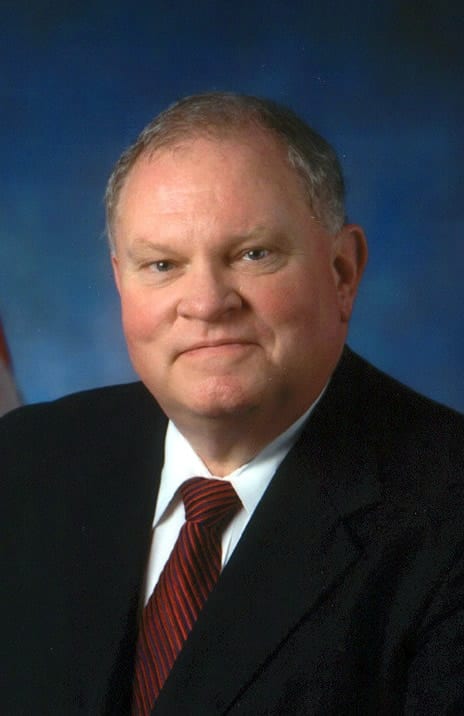 Raised in Midland Texas, Mark began his career at NASA in Houston as a co-op student on the Apollo program in 1967. An expert in spacecraft engineering and analysis, there he subsequently contributed to the Apollo-Soyuz, Space Shuttle, Space Station, Mars Rover Sample Return, and Lunar-Mars Exploration programs in positions progressing from engineer to program manager. At NASA Headquarters in Washington Mark was Assistant Administrator, Exploration and architect of the NASA Strategic Plan. He was Associate Director, Space Development & Commerce of the Johnson Space Center in Houston and Deputy Director and Director of the Stennis Space Center in Bay St. Louis, MS. For museums and themed attractions he is an advisor on space exploration. After retiring from a 38 year career with NASA, Mark supported NASA as Vice President of SAIC from which he retired in 2015. At that time he was presented an American flag flown over the U.S. Capitol at the request of Congressman Joseph P. Kennedy III to honor his 48 years of service to the Nation’s space program. Mark earned a B.S. in Astronautical Engineering from Purdue University in 1971, pursued engineering graduate study at Rice University, and completed the MIT Sloan Program for Senior Executives. He has authored over 40 papers on technical and strategic aspects space exploration and has received numerous awards including the NASA Distinguished Service Medal, the Rotary National Award for Space Achievement Stellar Award, and the NSPE Federal Engineer of the Year Award. He is a Distinguished Engineering Alumnus of Purdue and a Fellow of the American Astronautical Society. Mark was elected to the International Academy of Astronautics in 1992 and was elected President of the American Astronautical Society in 2005. He is an Elder of the Presbyterian Church, a member of the National Eagle Scout Association, and is a Patron of the Museum of Fine Arts Houston. Mark’s mountaintop experiences at NASA include: A one-on-one meeting with Neil Armstrong the day he was named Apollo 11 commander; Being detained at Apollo 11’s launch pad over an hour at T-9 hours, and experiencing its launch; Leading inspections of the fully fueled Space Shuttle on its launch pad at T-3 hours; In the White House, Lunar-Mars exploration conversations with the Vice President; Being on console in the Launch Control Firing Room, and experiencing 30 Shuttle launches; Experiencing weightlessness on NASA’s “zero-g” aircraft leading a Shuttle test campaign. Career contributions of which he’s most proud include: Helping to create policy and strategy to sustain NASA human space exploration based on its value to America so that, unlike Apollo, reaching a destination does not result in program termination; Leading engineering negotiations that resulted in Space Station partnerships with Europe, Japan, and Canada; Leading the design, development, and test of the Space Shuttle booster staging system; Being a member of the startup team for Space Shuttle in 1969, Space Station in 1983, and the Lunar-Mars Space Exploration Initiative in 1989; Founding, as Chairman, the National Rocket Propulsion Test Alliance with the Dept. of Defense; Being a member of the creative team for the Kennedy Space Center Visitor Complex’s Shuttle Launch Experience attraction and its Shuttle Atlantis Exhibit.
Raised in Midland Texas, Mark began his career at NASA in Houston as a co-op student on the Apollo program in 1967. An expert in spacecraft engineering and analysis, there he subsequently contributed to the Apollo-Soyuz, Space Shuttle, Space Station, Mars Rover Sample Return, and Lunar-Mars Exploration programs in positions progressing from engineer to program manager. At NASA Headquarters in Washington Mark was Assistant Administrator, Exploration and architect of the NASA Strategic Plan. He was Associate Director, Space Development & Commerce of the Johnson Space Center in Houston and Deputy Director and Director of the Stennis Space Center in Bay St. Louis, MS. For museums and themed attractions he is an advisor on space exploration. After retiring from a 38 year career with NASA, Mark supported NASA as Vice President of SAIC from which he retired in 2015. At that time he was presented an American flag flown over the U.S. Capitol at the request of Congressman Joseph P. Kennedy III to honor his 48 years of service to the Nation’s space program. Mark earned a B.S. in Astronautical Engineering from Purdue University in 1971, pursued engineering graduate study at Rice University, and completed the MIT Sloan Program for Senior Executives. He has authored over 40 papers on technical and strategic aspects space exploration and has received numerous awards including the NASA Distinguished Service Medal, the Rotary National Award for Space Achievement Stellar Award, and the NSPE Federal Engineer of the Year Award. He is a Distinguished Engineering Alumnus of Purdue and a Fellow of the American Astronautical Society. Mark was elected to the International Academy of Astronautics in 1992 and was elected President of the American Astronautical Society in 2005. He is an Elder of the Presbyterian Church, a member of the National Eagle Scout Association, and is a Patron of the Museum of Fine Arts Houston. Mark’s mountaintop experiences at NASA include: A one-on-one meeting with Neil Armstrong the day he was named Apollo 11 commander; Being detained at Apollo 11’s launch pad over an hour at T-9 hours, and experiencing its launch; Leading inspections of the fully fueled Space Shuttle on its launch pad at T-3 hours; In the White House, Lunar-Mars exploration conversations with the Vice President; Being on console in the Launch Control Firing Room, and experiencing 30 Shuttle launches; Experiencing weightlessness on NASA’s “zero-g” aircraft leading a Shuttle test campaign. Career contributions of which he’s most proud include: Helping to create policy and strategy to sustain NASA human space exploration based on its value to America so that, unlike Apollo, reaching a destination does not result in program termination; Leading engineering negotiations that resulted in Space Station partnerships with Europe, Japan, and Canada; Leading the design, development, and test of the Space Shuttle booster staging system; Being a member of the startup team for Space Shuttle in 1969, Space Station in 1983, and the Lunar-Mars Space Exploration Initiative in 1989; Founding, as Chairman, the National Rocket Propulsion Test Alliance with the Dept. of Defense; Being a member of the creative team for the Kennedy Space Center Visitor Complex’s Shuttle Launch Experience attraction and its Shuttle Atlantis Exhibit.
Closing Keynote Speaker: Larry Price, Lockheed Martin Orion Deputy Program Manager

Laurence A. Price joined Lockheed Martin in 1982 and was appointed to his current position as Deputy Orion Program Manager in 2005. He is responsible for the development of NASA’s Orion spacecraft.
Price previously served as Director of Space Transportation Strategic Development where he was responsible for Lockheed Martin Launch Systems’ long-term direction addressing Department of Defense, NASA and commercial space transportation systems. In addition, Price led the Alternate Access to Space Station project, which developed a commercial logistics capability to autonomously deliver and return space station cargo.
As the Director of Small Launch Vehicles, Price was responsible for the Athena and MultiService Launch System launch vehicle programs. The program team successfully launched the first flights of the Athena I and Athena II space launch vehicles and developed launch complexes at Vandenberg Air Force Base, California; Cape Canaveral, Florida; and Kodiak Island, Alaska. During this assignment, he was responsible for the launch of five Athena I and II vehicles for NASA and commercial customers including Taiwan’s first space launch, and 2 MSLS vehicles for the Air Force.
Price also served as Director, Titan II Space Launch Vehicle program, and was responsible for cost schedule and performance of the Air Force Titan II system. In addition, Price was a project engineer on the NASA Space Shuttle Air Force payload integration contract responsible for the design and qualification of a cargo bay contamination instrument Ascent Particle Monitor which flew numerous times. He was also responsible for mission planning and integration of two Shuttle payloads, Storable Fluid Management Demonstration and Interim Operational Contamination Monitor.
Prior to joining Lockheed Martin in 1982, Price was a project manager at Los Alamos Technical Associates, New Mexico, responsible for analysis and testing of nuclear weapons effects on aerospace structures. He also worked as a project engineer at Hughes Helicopter Company, California, responsible for development and FAA certification of improvements to the OH-6A helicopter.
Panel 1: The Private Space Industry
 Dr. Olga Bannova, University of Houston Space Architecture Professor
Dr. Olga Bannova, University of Houston Space Architecture Professor
Dr. Olga Bannova is a Research Associate Professor at the University of Houston and Director of its Sasakawa International Center for Space Architecture. Olga conducts research and design studies that address planning analyses for a broad range of space vehicles, habitats, and systems. Included are: inflatable structures, special design influences and requirements for different gravity conditions in space, and habitat concepts for extreme environments on Earth. Olga is a vice-chair of the American Institute of Aeronautics and Astronautics’ (AIAA) Space Architecture Technical Committee (SATC), and she chaired the SATC Educational sub-committee during two terms developing a brochure “How to become a space architect”. Olga is a coordinator of the Space and Society Symposium of the IAF’s International Astronautical Congresses.
Dr. Bannova earned her PhD from Chalmers University of Technology, Sweden, and Masters in Architecture and M.S. in Space Architecture degrees from the University of Houston.
Research studies and grants include: Deployable Airlock Study (Boeing), two independent NASA’s Minimum Functionality Habitation Element Studies (Boeing team and ILC Dover team), SpaceHab’s Lunar Exploration System, Commercial Launch Facility in West Texas (Texas Aerospace Commission), Houston Spaceport (Houston Airport System) and other. She develops interdisciplinary programs at the UofH in cooperation with Moscow Aviation Institute, Bauman Moscow State Technical University (Russia), Chalmers University of Technology and Lund University (Sweden). She is an author of more than 40 publications including several book chapters and a recent book “Space Architecture Education for Engineers and Architects.”
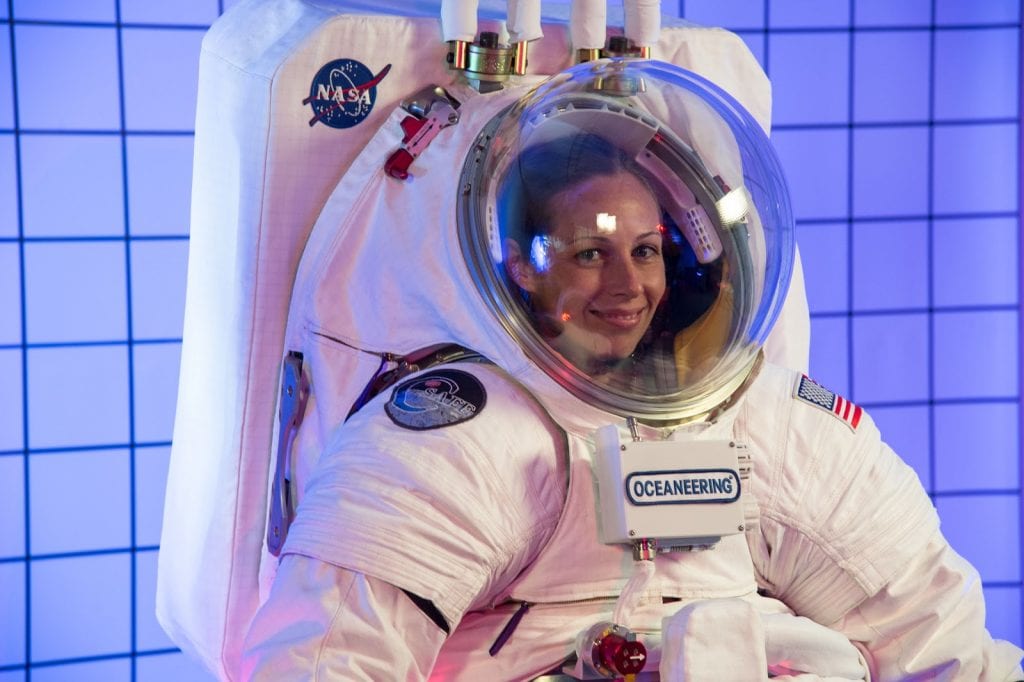 Tammy Radford, Rice ’05, Oceaneering Space Systems Engineer
Tammy Radford, Rice ’05, Oceaneering Space Systems Engineer
Tammy Radford is a Senior Engineer at Oceaneering Space Systems with 20 years of experience in the aerospace industry. She received her Bachelor’s degree in Mechanical Engineering from Purdue University and her Master’s degree in Mechanical Engineering from Rice University. She began her career at Boeing as a Design Engineer for the International Space Station and then went on to spend 6 years as a Structural Analyst. After 10 years with Boeing she went to work for Oceaneering Space Systems on space suit development. Tammy enjoyed applying her background to EVA suit concept development, both as a design engineer and a suit test subject. She is currently involved in the design of a Tool Changer for the DARPA Robotic Servicing of Geosynchronous Satellites (RSGS) Program.
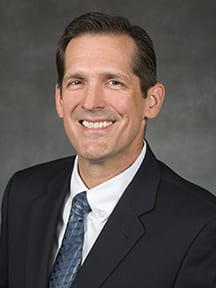 Matthew Duggan, Boeing Space & Launch Manager
Matthew Duggan, Boeing Space & Launch Manager
Matthew Duggan is the Mission Management & Operation Manager for The Boeing Company and leads operations and real-time engineering support for Boeing human spaceflight programs, including International Space Station (ISS) and emerging lunar programs. His previous assignments include leading advanced development projects on new vehicles to explore the moon and Mars, managing multi-disciplinary engineering analysis for the ISS program; leading technical integration of ISS systems, and directing real-time ISS sustaining engineering in the MCC.
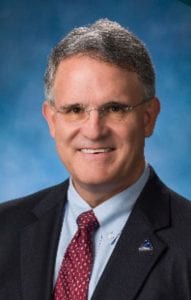 Paul Marshall, Rice ’80, NASA JSC Orion Assistant Program Manager
Paul Marshall, Rice ’80, NASA JSC Orion Assistant Program Manager
Panel 2: A Dive into Life at NASA JSC
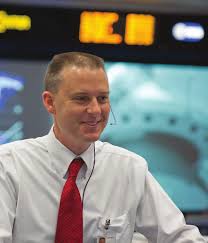 Norman Knight, NASA JSC Deputy Director of Flight Ops
Norman Knight, NASA JSC Deputy Director of Flight Ops
 Mark Jernigan, NASA JSC HHPD Exploration Systems Development Support
Mark Jernigan, NASA JSC HHPD Exploration Systems Development Support
Mark Jernigan has worked at NASA for over 35 years, developing and delivering hardware and software projects and advanced capabilities for human spaceflight. He is currently on a rotation away from his role as assistant director for Exploration serving as the Environmental Control and Life Support manager for the Advanced Exploration habitation effort underway to develop the crew module needed for deep space human exploration. As assistant director, he manages the effort to assure that the next generation of human launch and landing systems and advanced technologies have the necessary capabilities to sustain the crew for the mission, meet the human performance constraints and take advantage of their performance capabilities to maximize both mission safety and success. Prior to this position, he helped formulate the current Human Research Program and was Program Manager for the Advanced Human Support Technology program, a portfolio of projects, grants, and cooperative agreements to improve the state of the art of life support, environmental monitoring, habitability and human factors for space systems. He also spent many years developing and delivering mission support systems hardware, simulations, models, and other software for the mission simulators, planning systems, and the mission control centers at JSC. He has a BS in Aero Engineering from Texas A&M and an MS in Systems Design and Management from MIT.
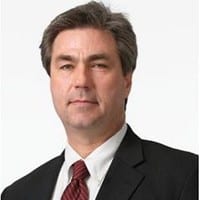 Craig Dinsmore, Rice ’83 NASA JSC Retired (Crew and Thermal Systems Division)
Craig Dinsmore, Rice ’83 NASA JSC Retired (Crew and Thermal Systems Division)
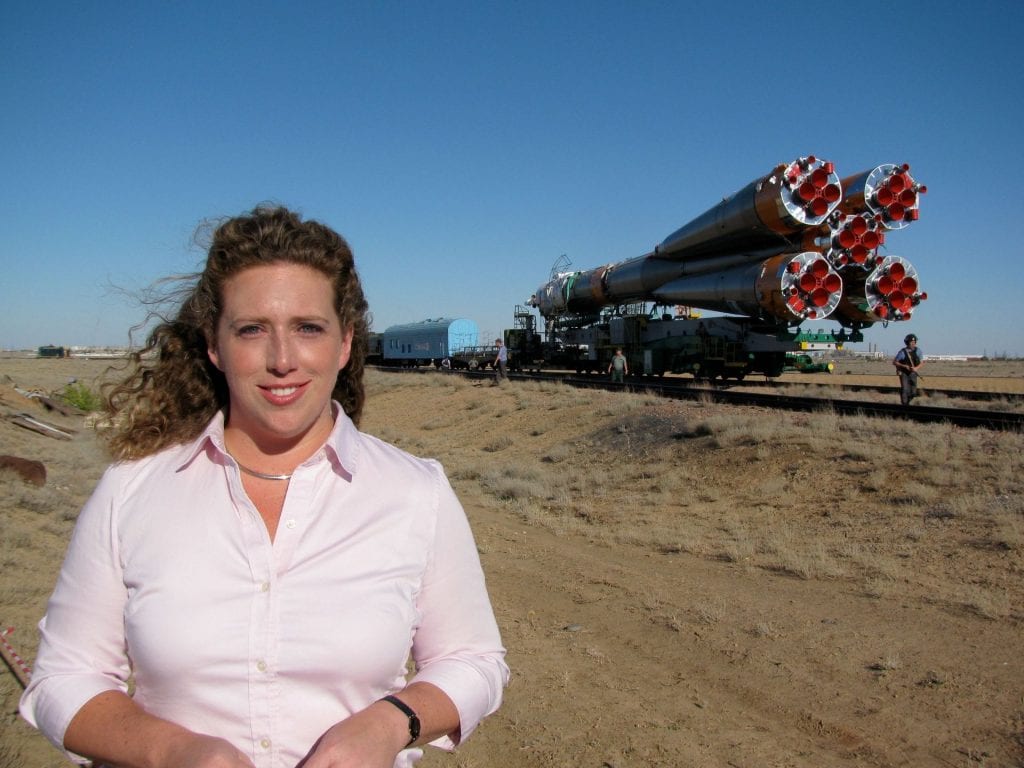 Dr. Shannan Moynihan, NASA JSC Deputy Chief Medical Officer
Dr. Shannan Moynihan, NASA JSC Deputy Chief Medical Officer
Dr. Shannan Moynihan is an Aerospace Medicine and Emergency Medicine Board Certified specialist who has work in operational medicine at the Johnson Space Center for the past 14 years. She spent her first 10 years supporting NASA astronauts in their training in Star City, Russia and in their missions to the International Space Station. She functioned as a crew surgeon for the crews on Expedition 16, 24-25, 32-33, 36-37, and 44-45. More recently she became the Deputy Branch Chief for the Space and Occupational Medicine Branch. Since 2017 she has transitioned into the position of Deputy Chief Medical Officer for the Johnson Space Center.
 John Scott, Rice ’82 NASA JSC Chief Technologist, Propulsion and Power
John Scott, Rice ’82 NASA JSC Chief Technologist, Propulsion and Power
John H. Scott serves as Chief Technologist for the Propulsion and Power Division at NASA Johnson Space Center, where he is responsible for advancing the technology needed by Human Spaceflight in power generation, in-space propulsion, energy storage, pyrotechnics, and Lunar/Planetary In-situ Resource Utilization. After beginning his aerospace career in propulsion at TRW, Mr. Scott has served at JSC for nearly thirty years in engineering, project management, and supervisory positions in support of the Space Shuttle, International Space Station, and various Human Exploration study programs. Mr. Scott is a published author on spacecraft fuel cell and nuclear power technologies. He holds a BSME from Rice University and an MSME and MBA from UCLA.
Panel 3: The New Space Age and Entrepreneurship
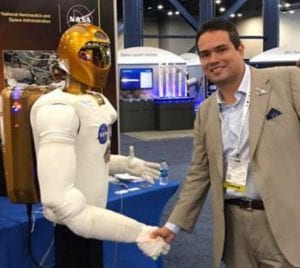 Fernando De La Pena, AEXA Aerospace CEO
Fernando De La Pena, AEXA Aerospace CEO
Aexa’s President and Chief Executive Officer (CEO) Fernando De La Peña has twenty years of successful leadership in technology and engineering companies. A United States citizen, his lifelong passion for space exploration combined with Aexa’s leading-edge expertise, plays a key role in his support for NASA. As an undergraduate engineering student, Fernando completed and patented a spacecraft engine propelled by anti-matter, and received additional patents, for example, a space launcher employing magnetic levitation. He received a Discovery Channel Prize in 2010 for his work developing the Mexican Space Agency.
He is the former President of the National Contract Management Association, NCMA Space City Houston chapter at NASA JSC. NCMA is the world’s leading professional resource in the field of contract management. He was elected this year as Chairman of the Johnson Space Center Small Business Council.
He serves on the Bay Area Houston Economic Partnership Board of Directors (BAHEP), and, he chairs the Communications Committee of the Johnson Space Center National Management Association. He is also the aerospace liaison of the Clear lake Chamber of Commerce. He was elected this year as Chief of the Infragard Defense Industrial Base SIG.
 Dr. Louise Prockter, Lunar & Planetary Institute Director
Dr. Louise Prockter, Lunar & Planetary Institute Director
Louise Prockter is the Director of the Lunar and Planetary Institute in Houston Texas, where she oversees a number of activities that serve the planetary community, including scientific research, education and outreach, meeting organization, library services, and intern programs. Dr. Prockter has been involved in robotic planetary missions throughout her career. She served as an Imaging Team associate on the Galileo and Near-Earth Asteroid Rendezvous (NEAR) missions; was a Deputy Project Scientist and Co-Investigator on the MESSENGER mission to Mercury; was a Deputy Project Scientist for the Europa Clipper mission, and is a Co-Investigator on that mission’s camera team. She is currently the PI of the Trident Discovery mission concept, which would send a spacecraft to Neptune’s moon Triton. Dr. Prockter earned her Ph.D. in Planetary Geology from Brown University. Her scientific research focuses on the geomorphology and structural geology of icy satellites and other solar system bodies. She has participated in numerous National Academy of Sciences (NAS) and NASA advisory panels including the Committee for Planetary Exploration (COMPLEX), the Space Studies Board, and the Planetary Decadal Survey, as well as NASA’s Planetary Science Subcommittee. She recently Co-Chaired the NAS Planetary Decadal Survey mid-term review. Dr. Prockter is a Fellow of the Geological Society of America and a recipient of the DPS Harold Masursky award for Meritorious Service to Planetary Science.
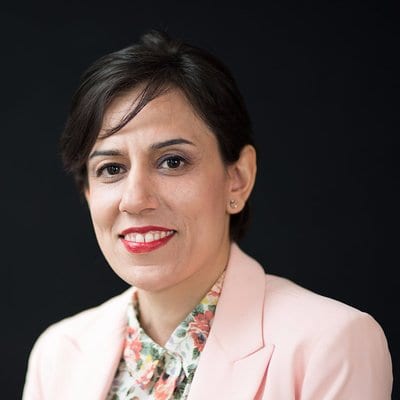 Dr. Tara Karimi, Cemvita Factory Co-Founder
Dr. Tara Karimi, Cemvita Factory Co-Founder
Dr. Tara Karimi is the co-founder and CEO of Cemvita Factory, which is a Houston-based Biotech company with the focus of in-space biomanufacturing of human life-supplies. Dr. Karimi started her research in biochemistry and after finishing her Ph.D., she ventured into stem-cell-based regenerative medicine. She completed two post-doc programs in collaboration with Tulane University, Texas Heart Institutes (THI), Methodist Hospital and the University of South Carolina. She has always been passionate about the evolution of life among different organisms and has a Ph.D. in veterinary medicine as well.
The introduction to biochemistry was the onset of her journey into multidisciplinary sciences, as she completed several projects in genetic engineering of stem cells, developmental and molecular biology, tissue engineering and regenerative medicine. As part of these endeavors, she worked on the genetic programming of stem cells for differentiation towards pacemaker and Purkinje cells as a therapeutic approach for treatment of cardiac arrhythmia. In other projects, she worked on bioengineering of osteoarticular tissues applying developmentally inspired methods. Dr. Karimi is also the author of a recent Springer book titled Molecular Mechanisms of Autonomy in Biological Systems by the Relativity of Code, Energy, and Mass.
This broad exposure and passion for the evolution and origin of life motivated her to establish Cemvita Factory with the mission of applying methods of bioengineering for in-space habitation and biomanufacturing of human life-supplies.
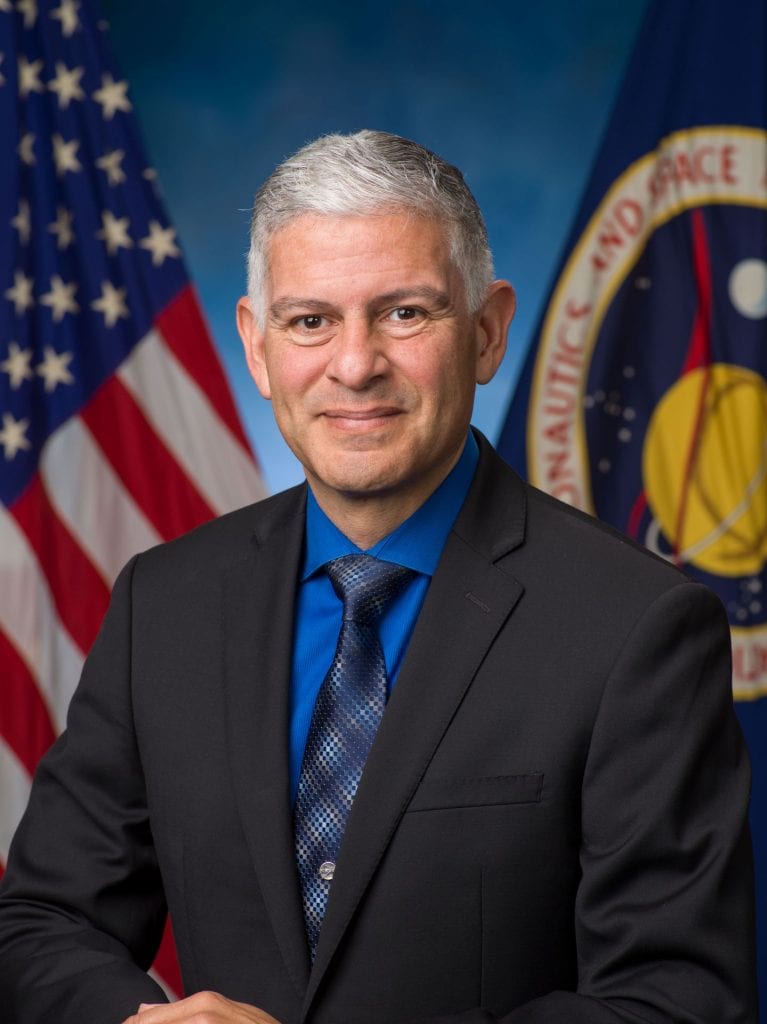 Steven Gonzalez, NASA Transfer Strategist
Steven Gonzalez, NASA Transfer Strategist
For over 30 years, Mr. González has applied his skills in visioning, strategy, innovation and fostering collaborations to benefit the human exploration of Space. At the NASA/Johnson Space Center (JSC), he led the team to develop the 20-year strategy for the Center and was instrumental in creating numerous strategic initiatives that connected NASA to the entrepreneur and innovation community in Houston, including the creation of the SpaceCom Conference and Exposition. Mr. González has been embedded in the innovation ecosystem in Houston during his tenure as the NASA Executive Liaison at the Houston Technology Center (HTC) and the NASA Executive Liaison at the Greater Houston Partnership (GHP). During his time at GHP he created a stronger alliance between NASA and the startup community and strategized with GHP leadership on the future direction of the innovation ecosystem in Houston.
Earlier in his career Mr. González instructed the crew of the Space Shuttle Columbia STS-65 mission on the vehicle’s computer and navigation system. He received his Masters of Science at Texas A&M University and his Bachelors in Computer Engineering at Boston University.
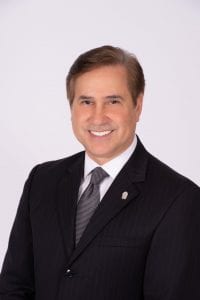 Arturo Machuca, Ellington Airport General Manager
Arturo Machuca, Ellington Airport General Manager
Arturo Machuca is the General Manager of the Houston Airport System’s Ellington Airport. Machuca oversees the daily operations and the development and implementation of policies and procedures at Ellington Airport. He is also the lead on the Houston Spaceport project.
With over 30 years of sales and marketing experience in the aviation industry, Arturo joined the Houston Airport System in 2009. His prior responsibilities included economic development, industry affairs and business relations for all three airports.
Over the last three years, Machuca has been instrumental in the licensing and development of the Houston Spaceport at Ellington Airport. Through his efforts, Machuca has executed the Space Act Agreement between the Houston Spaceport and NASA – Johnson Space Center, negotiated the acquisition of the Houston Spaceport’s first dedicated infrastructure—the Houston Aerospace Support Center, and led the SpaceCom Expo, the first Commercial Space Conference in Houston.
Machuca’s management of the Houston Spaceport project allowed it to be selected as the “2016 Economic Business Deal of the Year” as well as “2016 Overall Business Deal of the Year,” by the Houston Business Journal.
Machuca holds a Bachelor of Arts degree in Hotels and Tourism Administration from Universidad Regiomontana.
